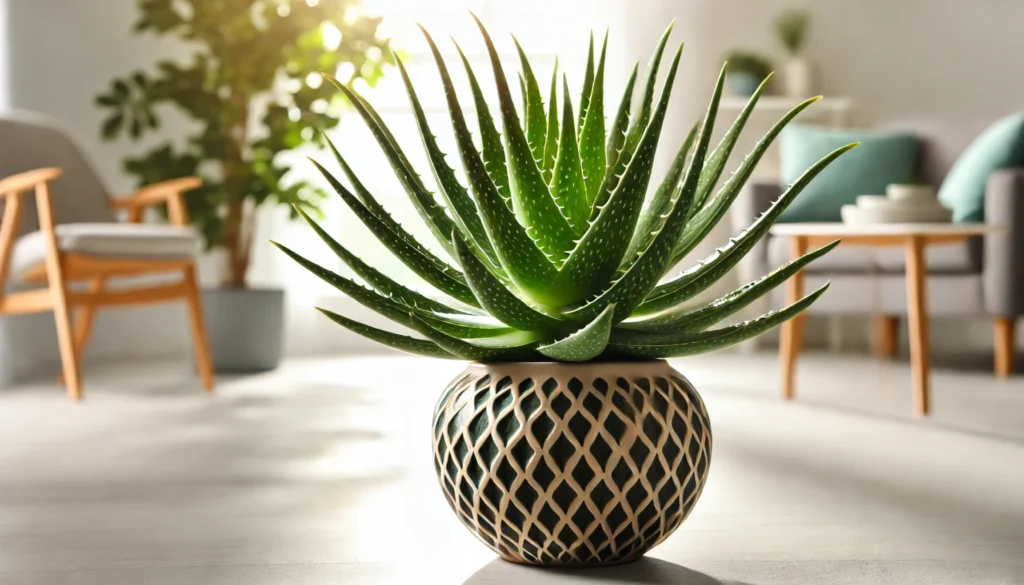
The Kentia Palm, scientifically known as Howea forsteriana, is a popular houseplant revered for its elegant, arching fronds and robust nature. Native to Lord Howe Island, this palm can grow up to 10 feet tall indoors, making it a stunning focal point in any room. Its graceful leaves and ability to thrive in low-light conditions make it a favorite among plant enthusiasts.
History and Ideal Growing Conditions
The Kentia Palm has a rich history, originating from Lord Howe Island in the South Pacific. Discovered in the 19th century, it quickly became a prized plant in Victorian-era homes due to its resilience and exotic appearance. Today, it continues to be a popular choice for both homes and offices.
To recreate its natural habitat, the Kentia Palm prefers a spot with bright, indirect light but can also tolerate lower light levels. It thrives in well-draining soil and enjoys a humid environment. Ideal temperatures for this palm range from 60-75°F (16-24°C), and it should be protected from drafts and temperature extremes.
Toxicity and Pets
One of the major advantages of the Kentia Palm is that it is non-toxic to both pets and humans. This makes it an excellent choice for households with cats, dogs, and young children. You can enjoy the beauty of this plant without worrying about any potential harm to your loved ones.
Best Practices for Caring for Kentia Palm
Caring for a Kentia Palm involves providing the right balance of water, light, and nutrients. Here are some essential care tips to ensure your plant thrives:
Watering and Humidity
The Kentia Palm prefers consistent moisture but does not like to be waterlogged. Water the plant thoroughly when the top inch of soil feels dry. In the growing season (spring and summer), you might need to water more frequently, while in the dormant season (fall and winter), reduce the frequency.
Humidity is crucial for the Kentia Palm. If your home is dry, especially during winter, consider using a humidity tray or a room humidifier. Regularly misting the leaves can also help maintain adequate humidity levels.
Soil, Light, and Temperature
For optimal growth, plant your Kentia Palm in a well-draining potting mix, such as a mix of peat, perlite, and sand. This ensures good aeration and prevents root rot.
The Kentia Palm thrives in bright, indirect light but can adapt to lower light conditions. Avoid direct sunlight, which can scorch the leaves. An east or west-facing window is ideal, but it can also do well in a north-facing spot with sufficient light.
Maintain a temperature range of 60-75°F (16-24°C) for the Kentia Palm. Protect it from cold drafts and sudden temperature changes, which can stress the plant and affect its growth.
Common Problems and Remedies
Despite its resilience, the Kentia Palm can encounter a few common issues:
- Yellowing Leaves: Overwatering or poor drainage can cause yellow leaves. Allow the soil to dry out between waterings and ensure proper drainage.
- Brown Leaf Tips: Low humidity or underwatering can cause the tips of the leaves to turn brown. Increase humidity and ensure consistent watering.
- Pests: Spider mites, scale, and mealybugs can infest the Kentia Palm. Treat these pests with insecticidal soap or neem oil and regularly inspect your plant.
Propagation and Benefits
Propagating the Kentia Palm is typically done through seeds, which can be a slow process. It requires patience, as the seeds can take several months to germinate. Ensure the seeds are fresh and plant them in a well-draining mix, keeping them warm and moist.
The Kentia Palm offers numerous benefits beyond its aesthetic appeal. It is known to improve indoor air quality by removing toxins and releasing oxygen. Its lush foliage adds a touch of tropical elegance to any space, and caring for it can be a relaxing and rewarding hobby.
Final Thoughts
The Kentia Palm is an elegant and resilient houseplant that can enhance the beauty and tranquility of your home. With proper care and attention to its growing conditions, this palm can thrive and bring a touch of the tropics to your indoor garden. Whether you are a seasoned plant enthusiast or a beginner, the Kentia Palm is a rewarding plant that offers both visual appeal and practical benefits.
Incorporating a Kentia Palm into your plant collection not only elevates the aesthetic of your space but also provides the satisfaction of nurturing a robust and graceful plant. Happy gardening!



